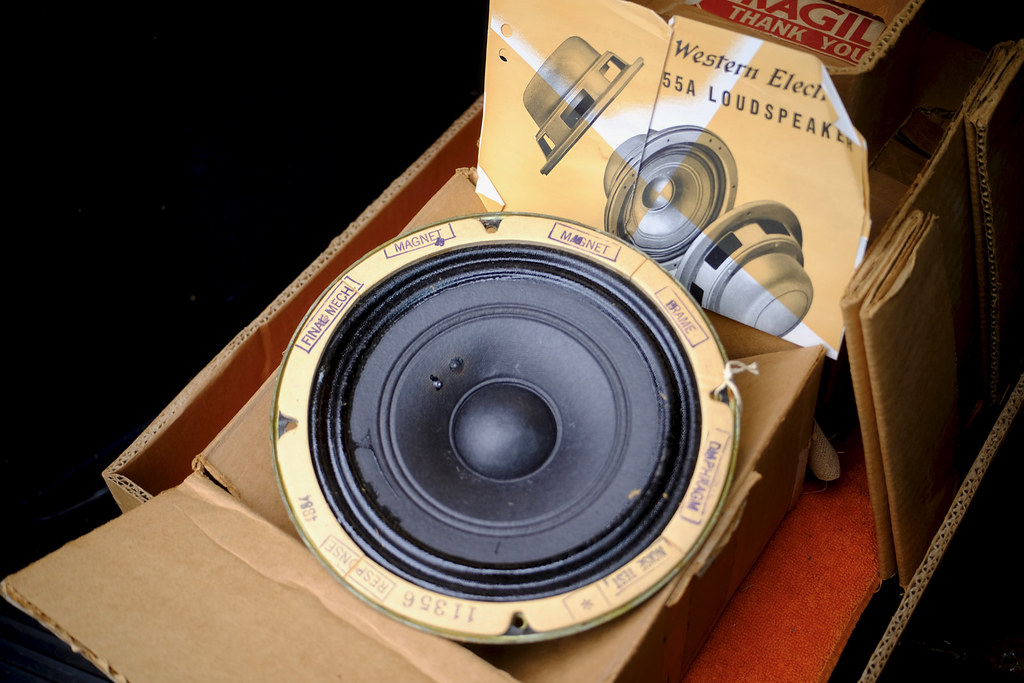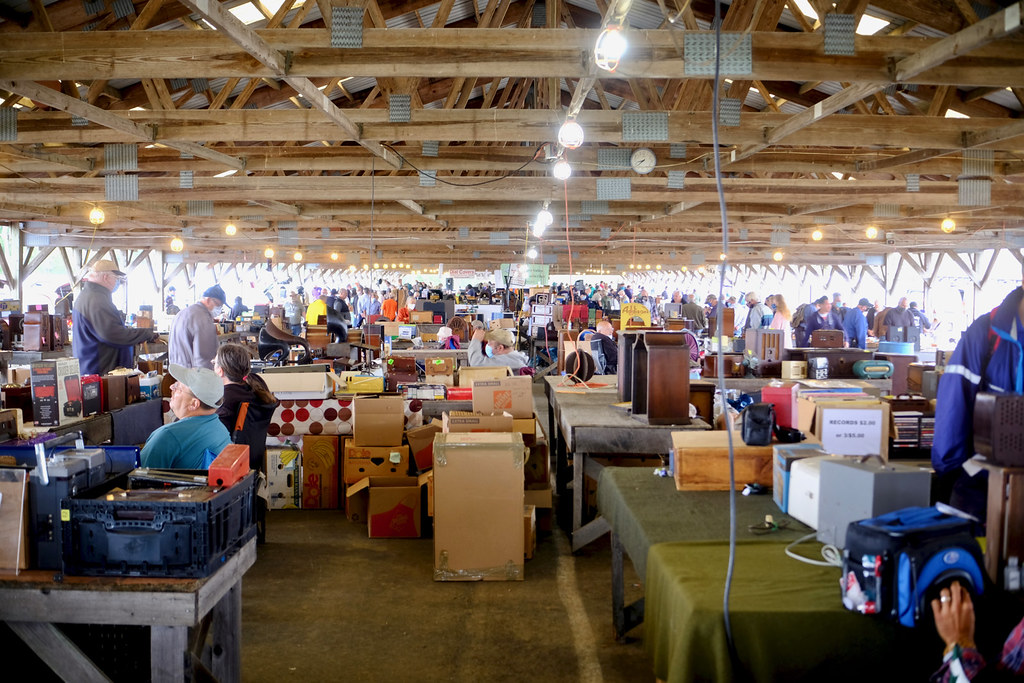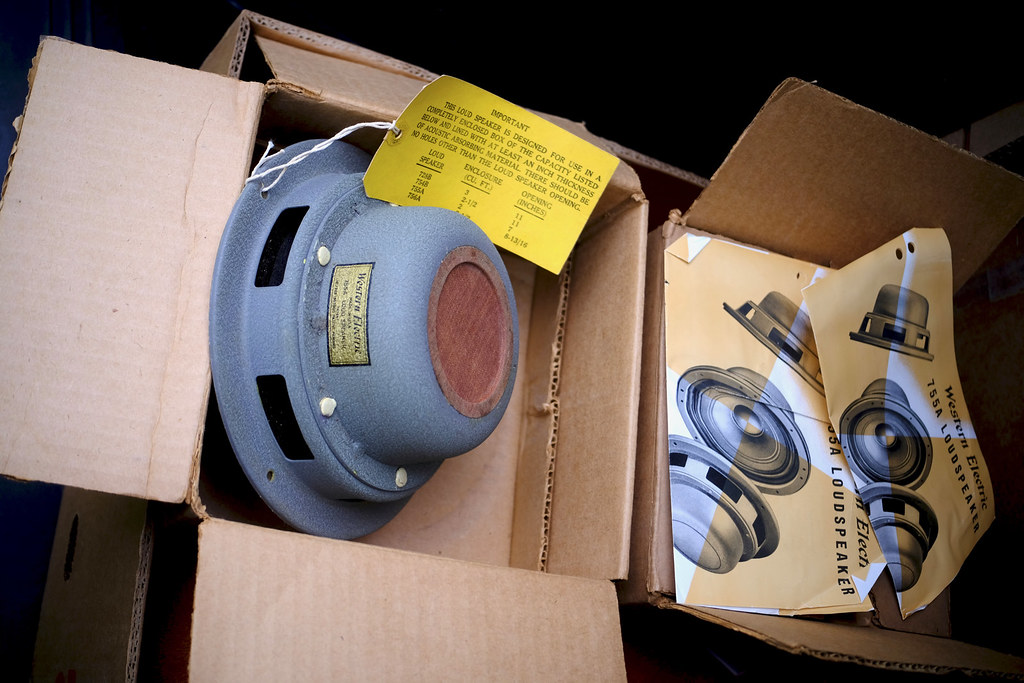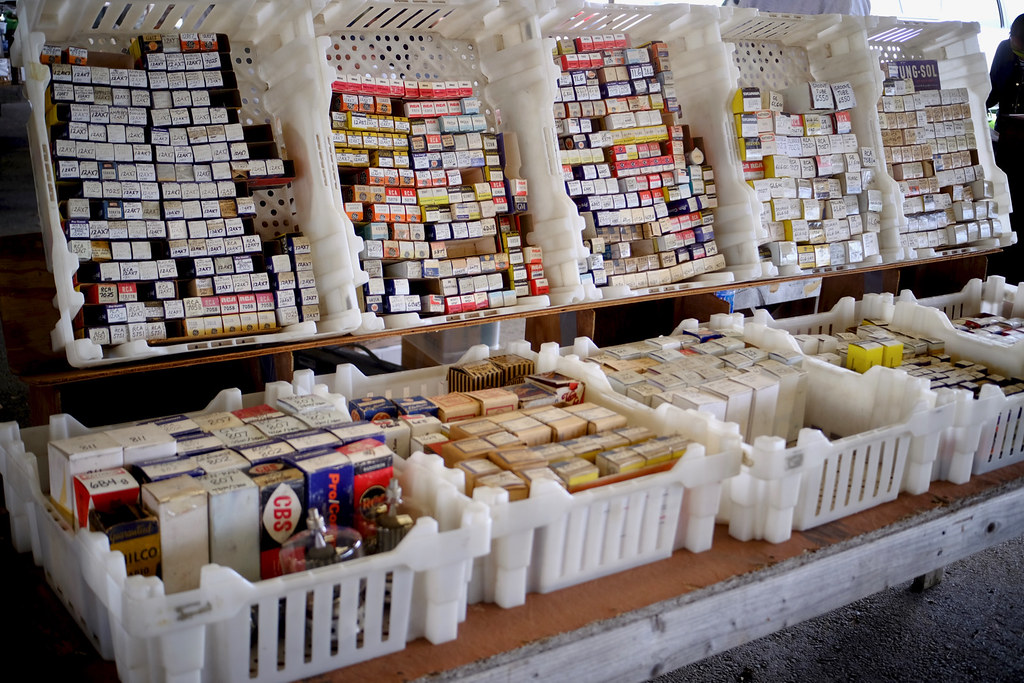!!!WARNING!!!
The voltages in this circuit are potentially lethal! Build at your own risk!
Let's have some chips...
 |
| 1kHz square wave from Stereophile Test CD3 Stock Magnavox CDB560 CD player |
Fortunately, I got a chance to sample a genuine single crown S1 graciously donated by Gary B. This select chip made my DAC sound a bit more transparent and cleaner, with a touch more detail and resolution. But I have to reaffirm that not having an S1 isn't a deal breaker. In fact, the darker and warmer sounding regular TDA1541s and TDA1541As can be a blessing in systems that are a bit hot in the top end.
 |
| 1 kHz square wave from Stereophile Test CD3 nosTDA1541tube DAC |
Not very relevant to this NOS DAC project, but AFAIK, the only difference between TDA1541A and the non-A is that the A can do 8x oversampling while the non-A is limited to 4x. But let's not go there anymore. Been there, done that...
NOS and Digital Filters
Before I even became aware of NOS DACs, I had been using line transformers as digital sound processors. If you're worried about non-oversampled digital artifacts destroying the irreplaceable diaphragms of your Altec 3000 super tweeters, look for bandwidth limited military surplus transformers.
My Analog Distortion Generating DAC
Many thanks to Gary Bronner and Pete Boser for their contributions to the JE Labs digital audio museum, as well as to the patrons of this blog!



















































